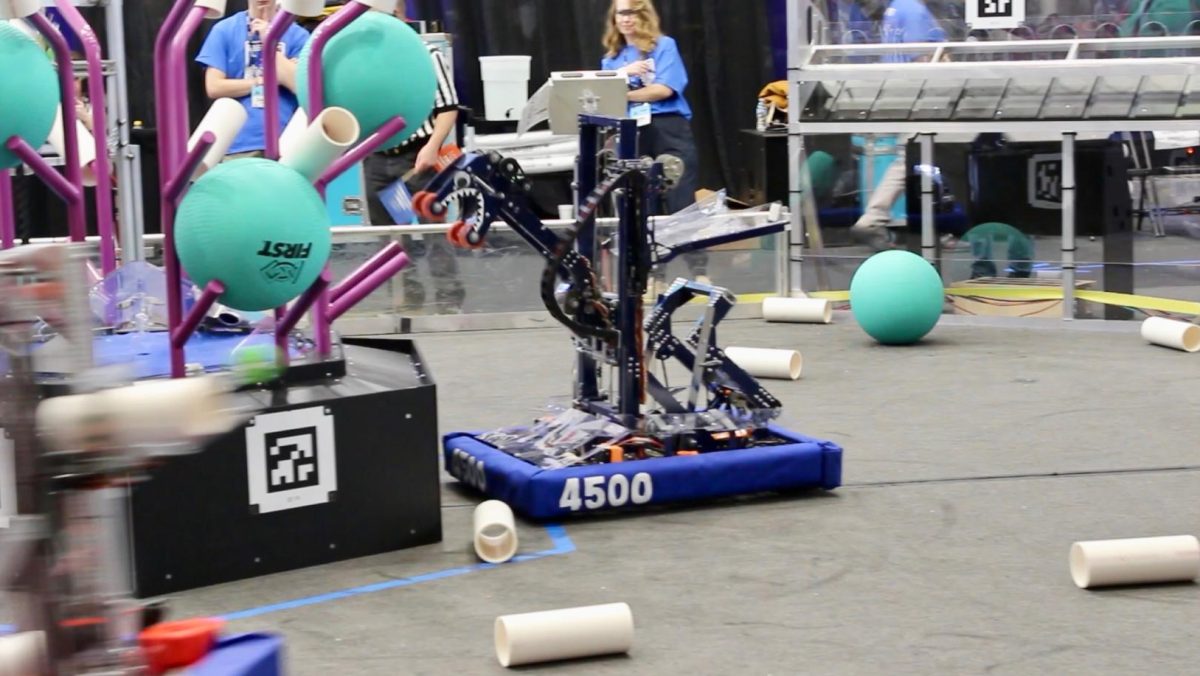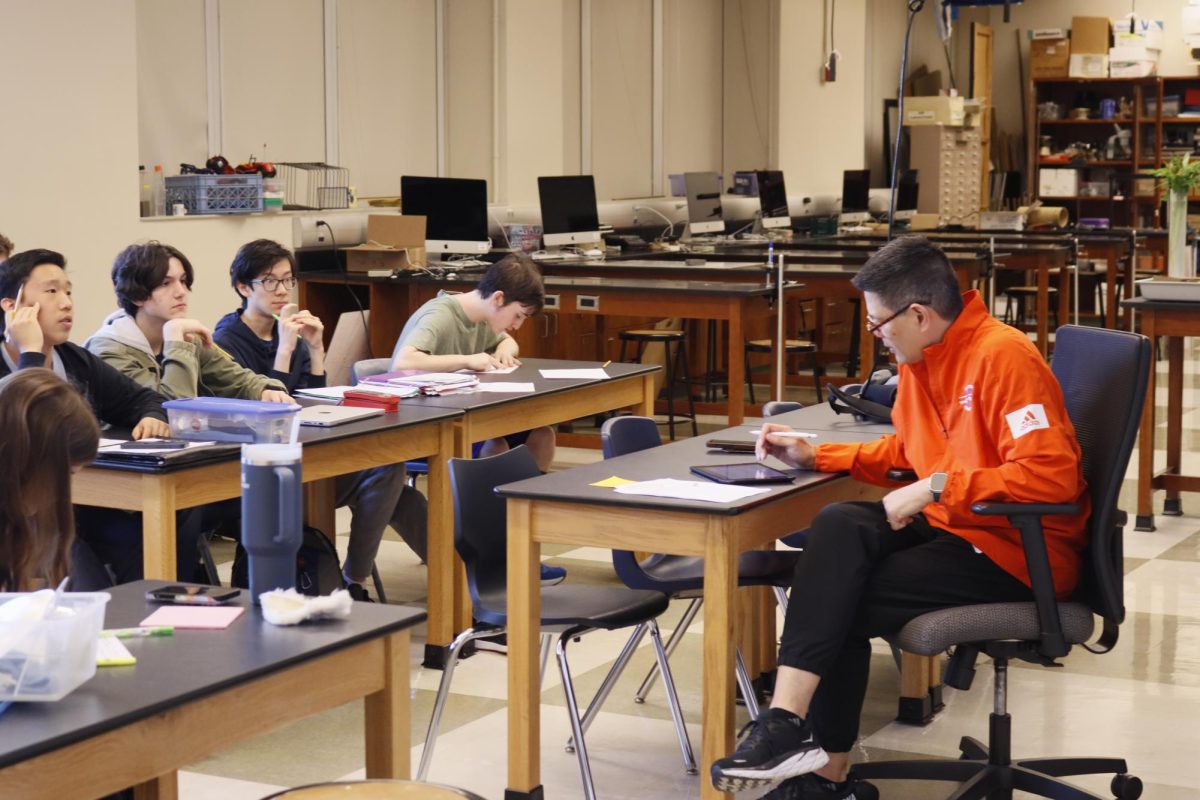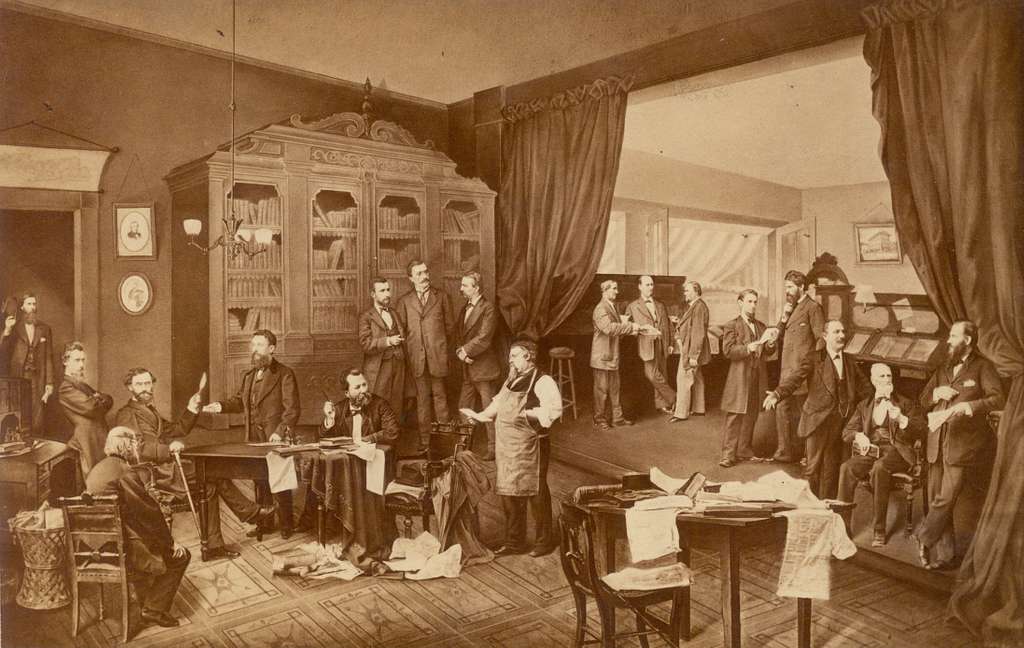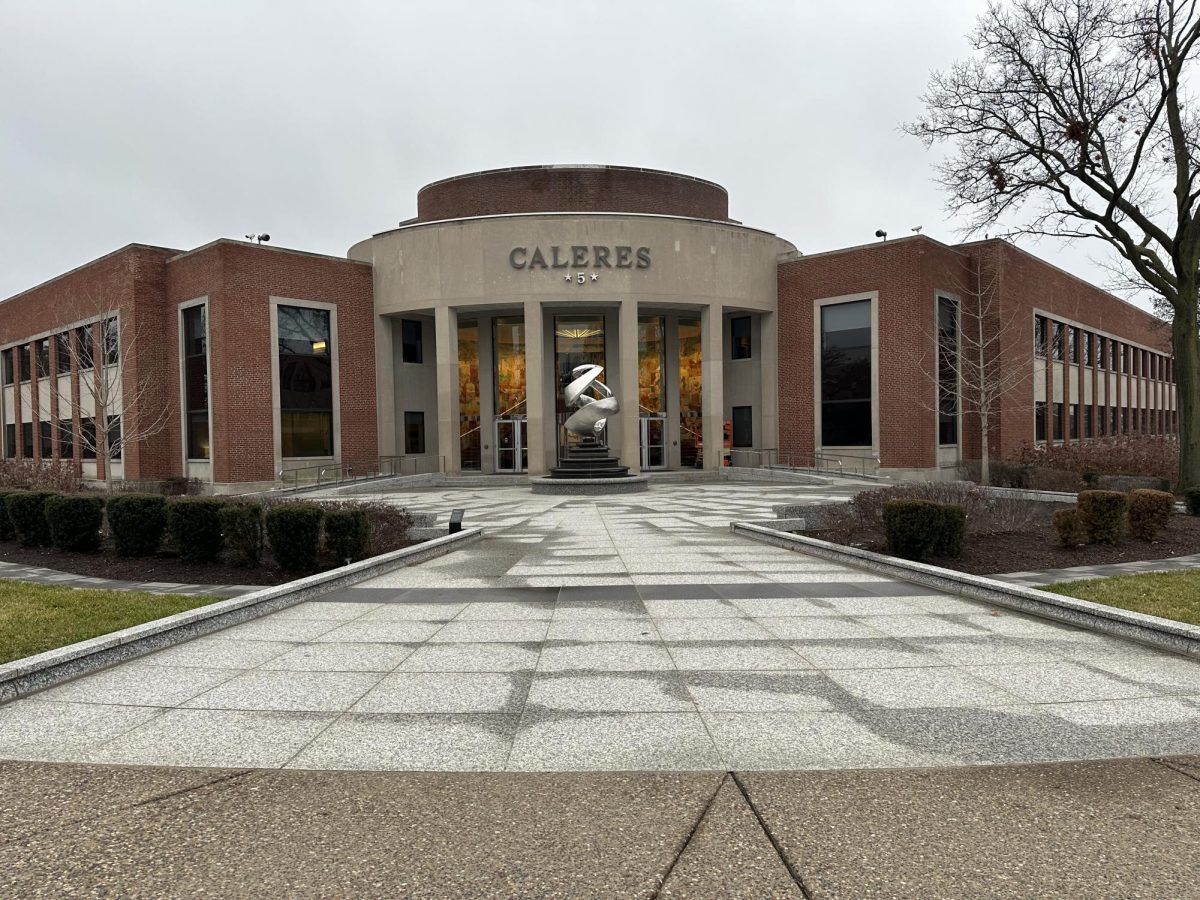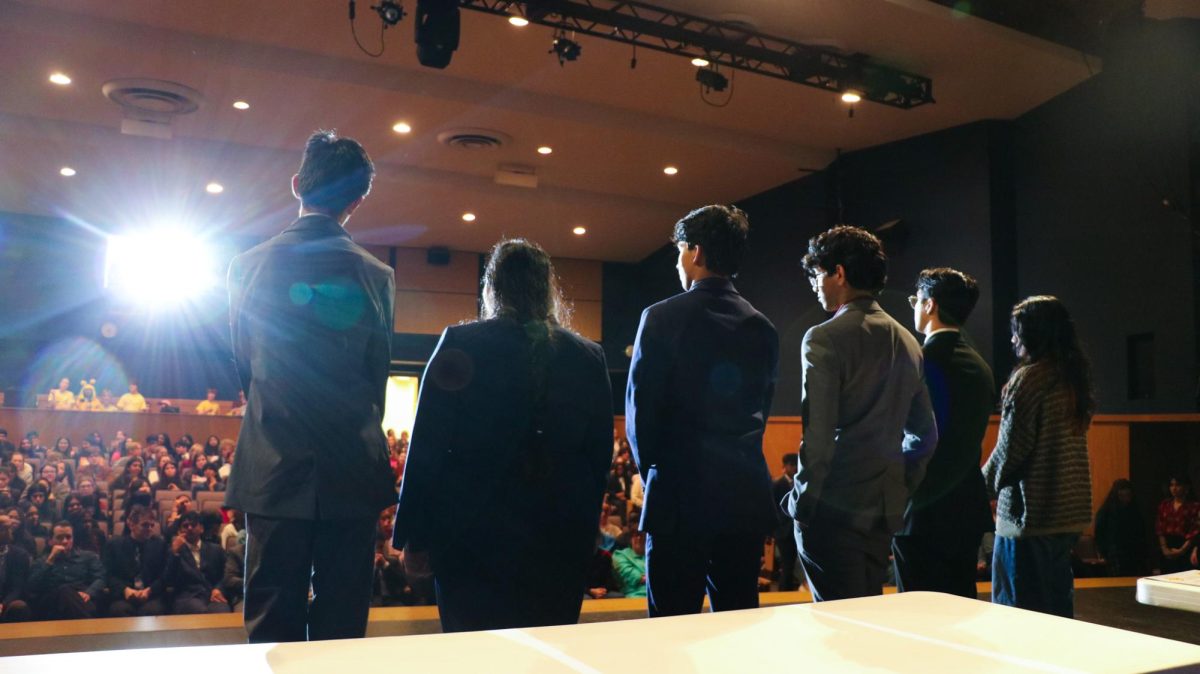“Hawking was an invigorating experience. It was an uplifting experience and chirpy atmosphere buzzing with energy” said CHS junior Andrew Erblich after he went hawking with Kirkwood High school sophomore Nathan Waller.

Waller’s hawking passion has caused for him to share his hawking experiences with many CHS students such as Erblich.
Waller became intrigued with after seeing his neighbor John Kercher deal with his own hunting birds that Kercher kept in an enclosure near his house. “I could just see the wonderment in his eyes,†Kercher said.
After gaining an affinity for hawk hunting, Waller began hawking consistently with Kercher for the past year. Waller recently passed a test to become a certified hawker with Kercher as his sponsor.
Soon after, Waller trapped his own wild red-tail hawk that he would later train to be his hunting companion.
However, trapping a bird is not an easy task. Kercher and him had to trap around ten red-tailed hawks before Waller found the one that he felt he had truly connected with.
After struggling to trap a hawk that he connected with, Waller then had to train his hawk.
One difficult part of training any hawk is called manning – where the hawker convinces the bird that he or she is a friend. Kercher explained one distinct exercise that Waller did to for the the hawk to begin to trust him. “We actually hold the bird on our fist at a minimum of an hour before dark to three or four in the morning.â€
Waller’s dedication night and day is clearly evident.
Although many people are appalled that people such as Waller use their hawks to go and hunt rabbits, Waller does not feel this way – instead must feel the exact opposite.
“What draws me to hawking is being able to … teach [birds] that man and bird can coexist in a very efficient way that is beneficial to the bird and the person,†said Waller.
Specifically, when cared for by a hawker red-tailed hawks are fed better, receive better veterinary care, and sometimes end up living to twice their average age if they had lived in the wild.
Although Waller has been amazingly successful with traditional field hawking, he is always attempting to develop new talents within the realm of hawking. One new and growing type of hawking is car hawking, otherwise known as drive-by falconry.
In drive-by falconry the hunter and their bird (a kestrel) drive together in search for small animals that are close to the road. The driver moves at a moderate speed and then releases the bird. The increased speed from the bird’s exit from the car leaves the kestrel’s prey little time to react and the game is often killed.
Waller is intrigued by drive-by falconry and hopes to capture a kestrel. “If I had a kestrel (type of falcon) right now … I would be car hawking but it is definitely a different experience from field hawking.â€
Although some may see Waller solely as a devoted hawker, he is also a traditional high school student who is attempting to discover and develop his other numerous passions.
Waller’s life is also filled with two baseball teams, a volleyball team and endless school work.
Despite these commitments, Waller always finds time for hawking. “In the warmer days we usually get up fairly early around 6 and then we go and l will be in the field around 7 but on colder days when it does not get warmer until later then we will wait for the afternoon to go,†Waller said.
Though it may seem difficult to balance his hawking pursuits and school, Waller feels that time should not be used as a way to deem an activity’s practicality or feasibility.
Nevertheless, Waller said, “[hawking] do[es] not really take much time.â€
Clearly, Waller feels that when you prioritize your time to do what you love, time is just an after thought.


